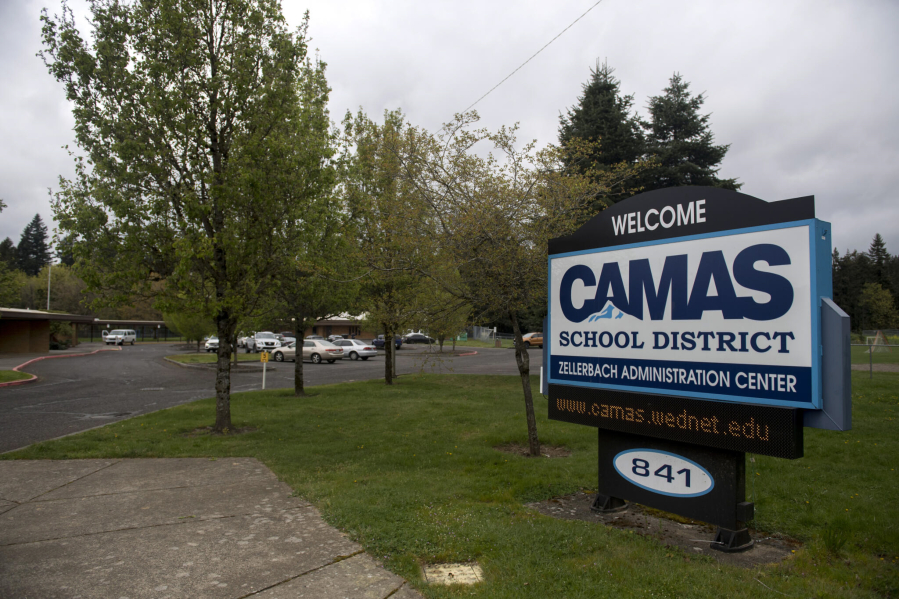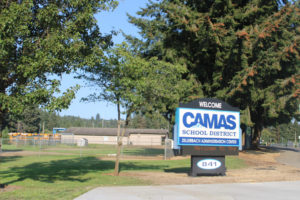The Camas School District has posted its proposed 2022-23 budget, as well as its projected budgets for the 2023-24, 2024-25 and 2025-26 school years, on the district’s website.
The Camas School Board will hold a public hearing and vote on the proposed 2022-23 budget at its board meeting on Monday, Aug. 22.
Next year’s budget “represents an important transition point as the district continues to identify the post-COVID norm,” the district stated in an introduction to the 2022-23 proposed budget.
The 2022-23 budget projects the district will spend $118.5 million from its general fund over the next school year, “driven primarily by personnel costs,” with about 88% of the district’s 2022-23 general fund expenditures paying the salaries and benefits for 482 certificated and 284 classified staff members, with the remaining 12% paying for materials, supplies and other costs.
“While the budget contains minimal staffing growth, record inflation is driving increases in both personnel costs and supplies (and) services,” the district stated in its 2022-23 budget introduction.



